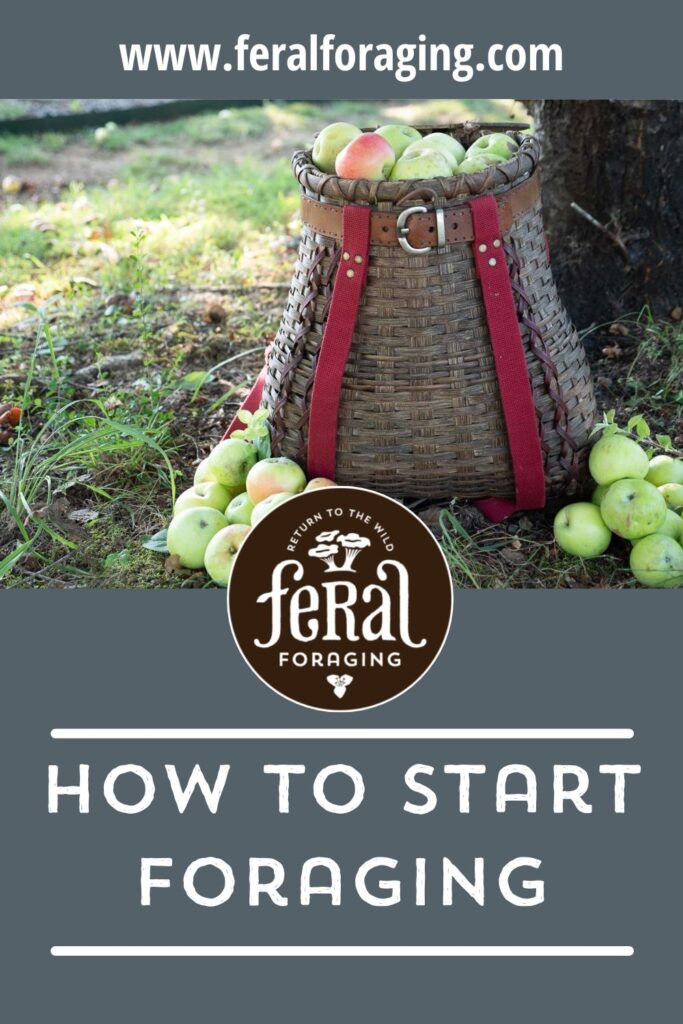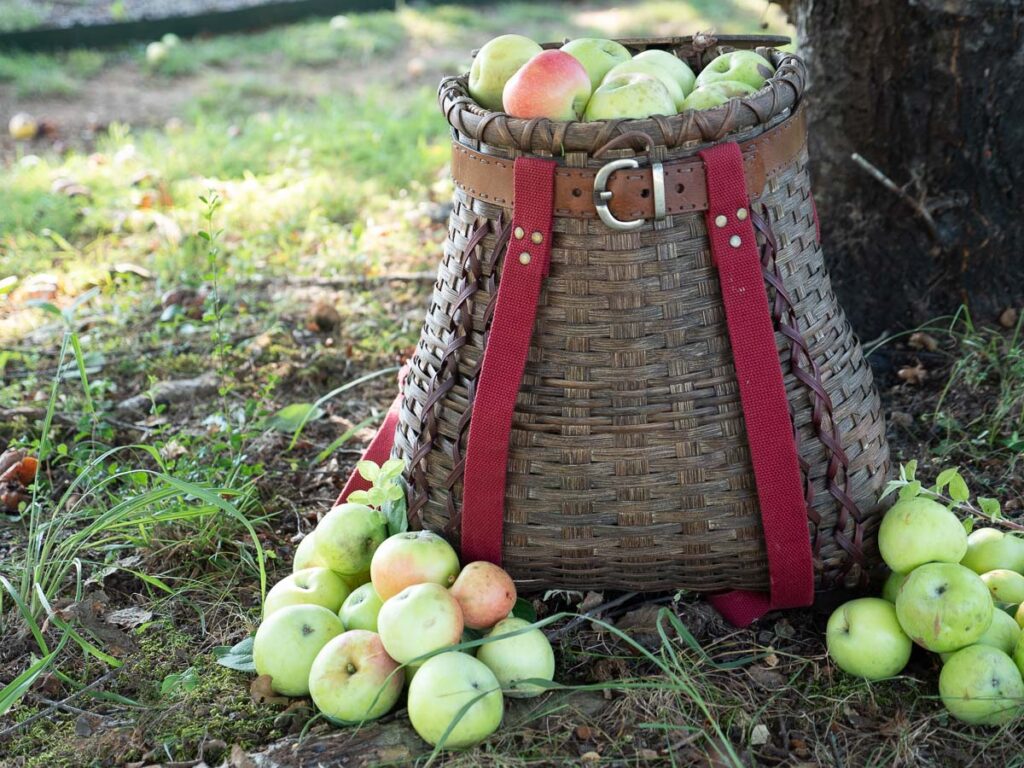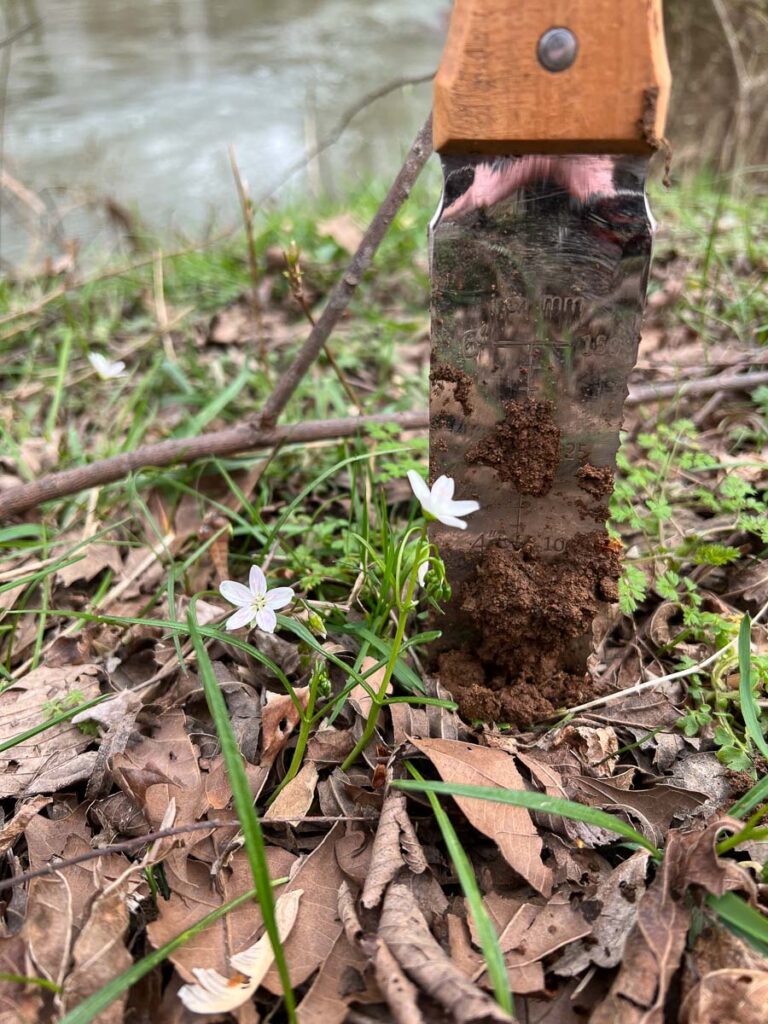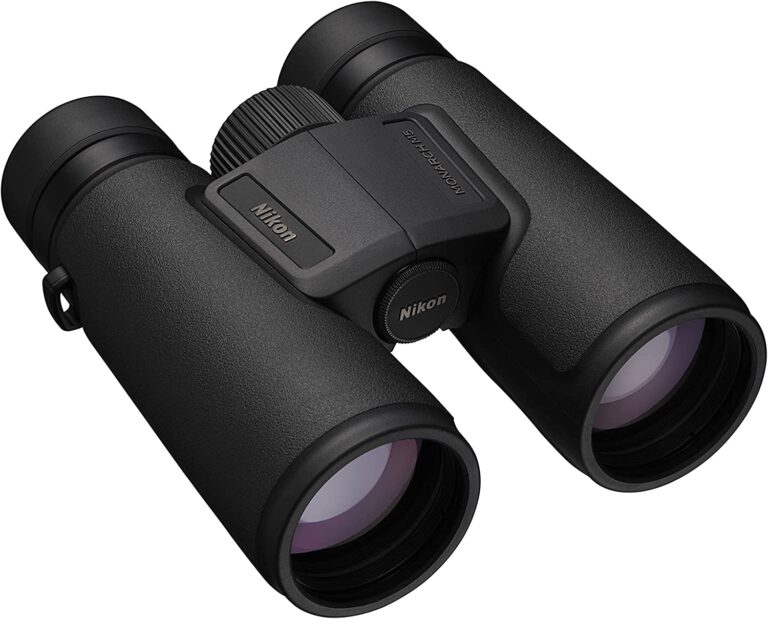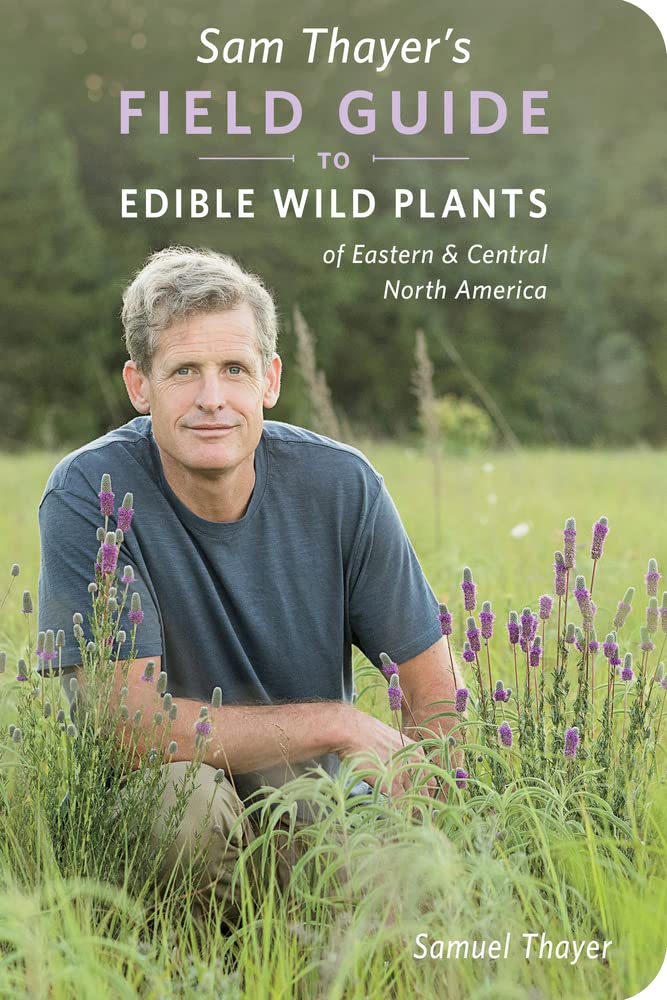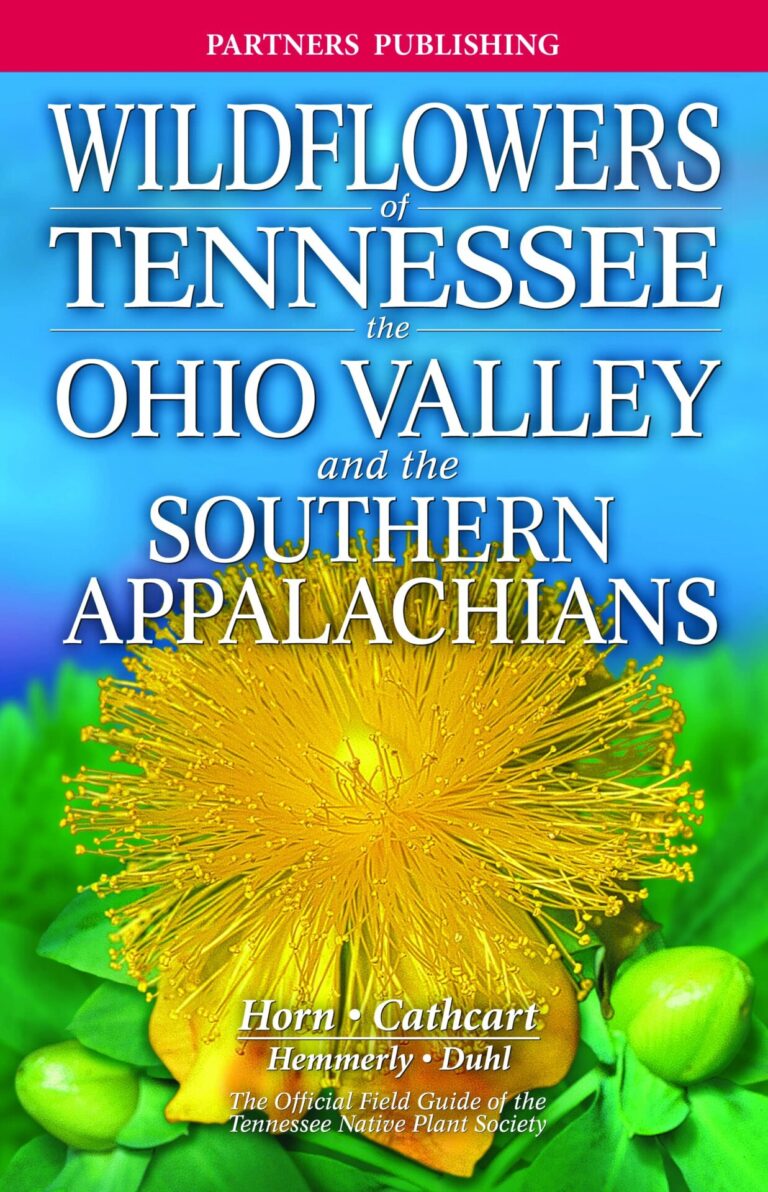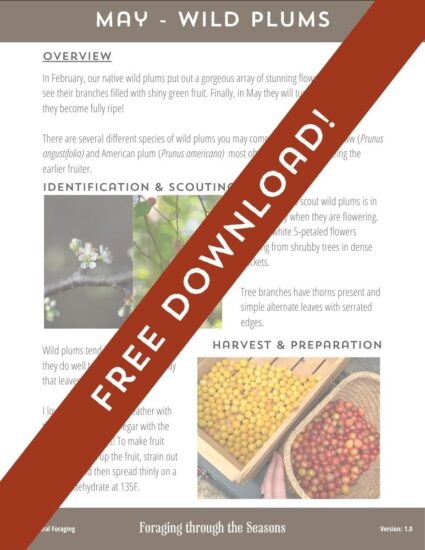The start of your foraging journey
To those who are new to foraging, starting the practice may seem daunting. Though the promise of delicious and unfamiliar wild foods is enticing, the fear of mistakenly swallowing poisonous lookalikes often outweighs the potential benefits. Further, some may be interested in the idea of foraging, but fear the ecological impacts of gathering plants and fungi from the wild.
Here is what we’re going to learn in this article:
- The safety and ethics of foraging
- The skills required for positively identifying wild plants and mushrooms (effectively removing any change of mistakenly poisoning oneself)
- How foraging may be one of the most beneficial activities for your local ecology
- Where you can and cannot forage
- A roadmap for learning the skill of foraging
If you would like to jump to the end to learn what the FIRST STEP of learning foraging to get you excited about the journey to come, you can click here to be taken to that section! That being said, we consider the sections between here and there prerequisites for the first step, so don’t skip them!
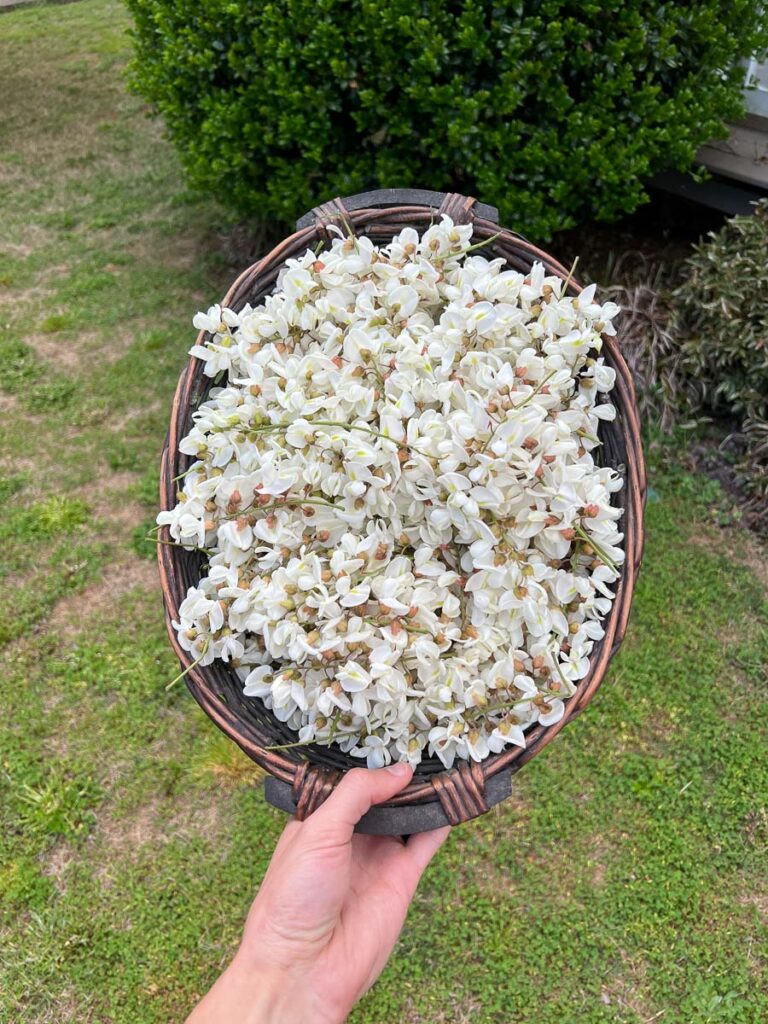
My Interactive Forager's Calendar
Before we begin, I’d love to tell you about my Interactive Forager’s Calendar and Personal Foraging Knowledgebase! This is a tool that I wouldn’t be able to go without.
One of the most important components of successful foraging is knowing when the peak season is for all the best wild food species! This is something that I myself struggled with for years.
In order to solve that problem, I created a personal foraging calendar. This has evolved over the years and recently I was able to turn it into an interactive application that you can use too!
My calendar shows not only peak season timing for various wild fruits, but additional information like the bloom time so you can easily scout and locate them!
If you’re interested in learning how to access it, click the button below and save the page. You can go back to after you finish the guide!
Is Foraging Safe?
Like riding a bike, woodworking, hiking, and just about any other activity you can think of, foraging is incredibly safe IF you follow a practical set of rules to keep you from harm. When these rules are followed foraging is by far safer than driving a car!
Here are the rules that I follow when foraging and encourage you do to the same:
- NEVER consume a wild specimen without being 100% confident of its identity!
- Always consume a small amount of a new species at first. You may have an allergy that you don’t know about.
- Edible does not mean edible raw nor does it mean the whole specimen!
- Don’t harvest wild species from contaminated areas (especially root and herbaceous parts!) and wash wild harvests when applicable.
- Do your own research (DYOR). Make sure to find multiple references about the edibility or use of a wild species before approaching it.
Rule #1, as you can imagine, is the most important rule! In the next section, we are going to show you exactly how to get started with developing the ability to consistently gain a positive identify of the wild plants and mushrooms that you encounter!

In addition, the standard precautions for dealing with any outdoor hazards of course apply.
Ticks and chiggers are a special concern for foragers in Eastern North America. Wear appropriate clothing for avoiding these critters. In chigger infested areas, taking an immediate shower after a foraging outing is a great idea. Regular tick checks after every excursion is encouraged during tick season.
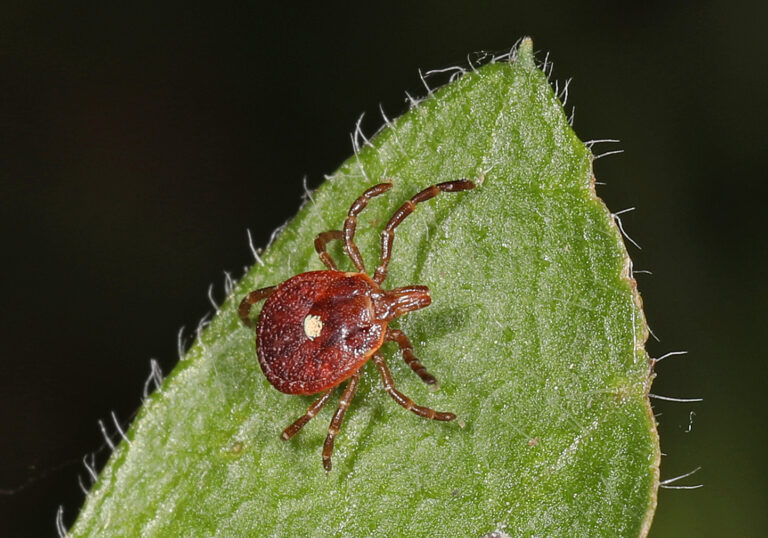
Identification is the most important skill in foraging
Let’s imagine two individuals who are starting to incorporate foraging more into their diet!
First, we have Bob. Bob is a phenomenal chef! He’s looking for wild ingredients to spice up his dishes. He’s not that great in plant ID, but where he lacks in identification, he makes up for it in culinary skills (or so he thinks).
This is Alice. She is okay at cooking, but really sharp with her ID skills.
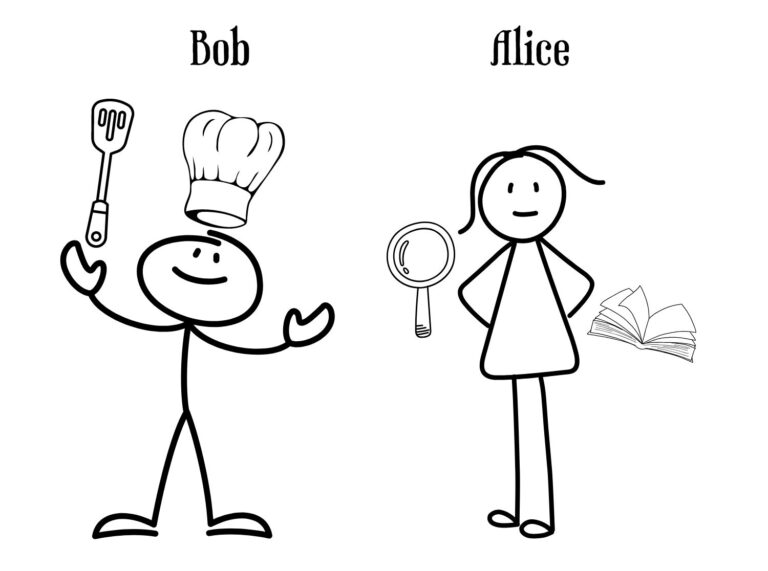
This is Alice in 5 years. She has learned a whole lot of wild plants and mushrooms in that time. She regularly consumes the many species that she is confident with into her diet and has become a much better cook as well!
This is Bob in 5 years… He mistook poison hemlock for wild carrot. If only he learned the simple details to distinguish them apart. Something any foraging with a little bit of ID skills could do!
Just like you can’t run before you crawl, in foraging there is a certain order of operations you really need to follow.
Identification is crawling in the world of foraging. You must not skip it!

The fastest way to learn identification
In the following two sections, we’ll show you how to get started with both plant and mushroom identification. That being said, the fundamental process is the same for both!
If I can give you ONE tip that I wish I started DAY 1 of my foraging journey, it’s this… LEARN DICHOTOMOUS KEYS!
What’s a “Dichotomous Key?” you ask – it’s essentially a set of questions with “yes or no” answers that guides you to a positive ID of a new specimen. This is incredibly helpful because you start off with the most important broad details and work your way to the more specific ones.
Before we get started with identification, remember that you don’t have to be an expert on all plants, just the ones that you want to forage and consume. See the first step section for more on that. That being said, having an idea of at least the first fundamentals details to know about can only help.
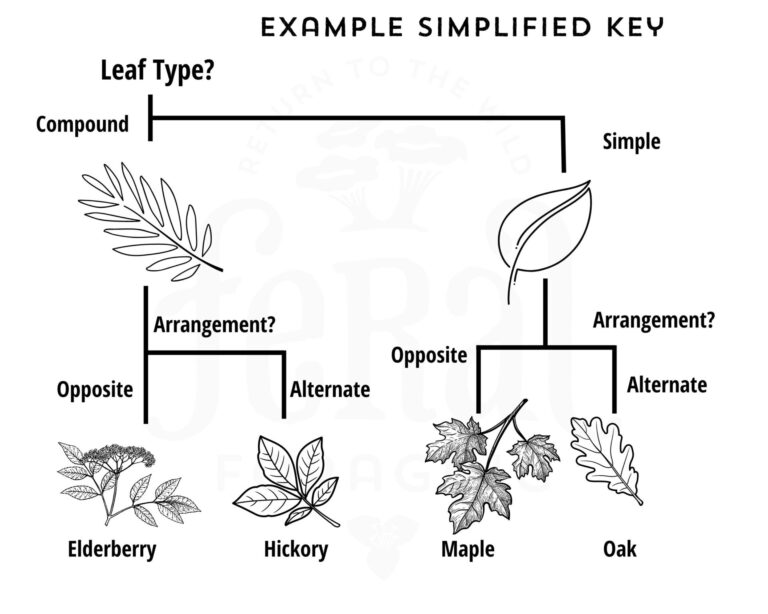
How to use plant identification apps
This can be coupled with the assistance of “plant identification apps”. I use plant identification apps every single day! The one I use in particular is iNaturalist and I recommend it. However, I only use it for a suggestion of what a new plant may be. From that point, I take the initial guess from iNaturalist and use the identification skills I learned to get my positive ID. Used together, this is, in my opinion, the FASTEST way to learn either plant or mushroom identification.
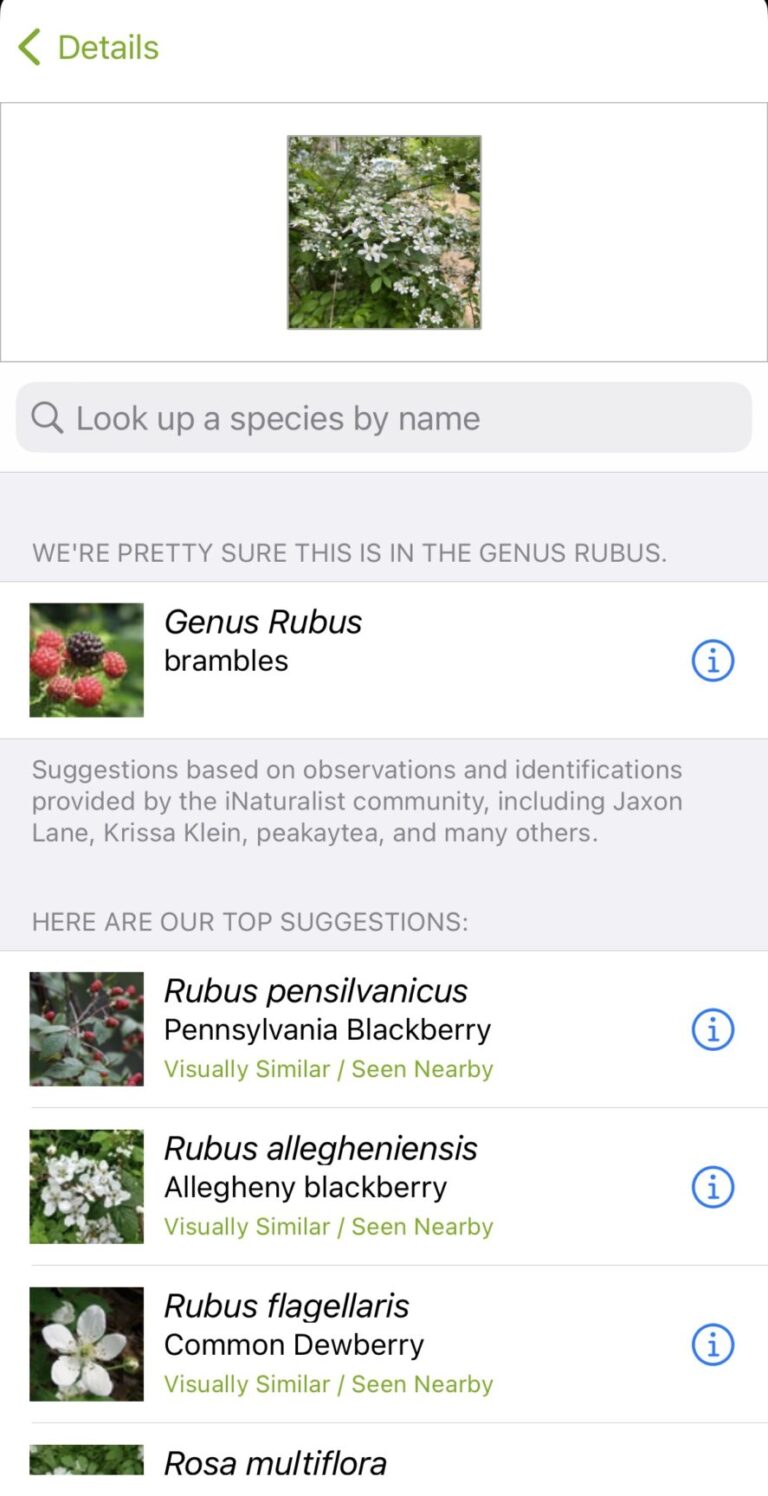
How to Learn Plant Identification for foraging
Here we will give you a path and set of resources for learning plant identification as a forager. This is something that you will do along with the dichotomous key tips above.
First, find a plant that you are comfortable with. For some that may be dandelion, others clover, or even the oak tree in your backyard or local park. Take that plant and learn every detail that you can think of with it!
For herbaceous plants and trees here are a few leaf details to start with:
- Is the leaf simple or compound?
- Is the leaf arrangement opposite of alternate?
- Is the leaf edge serrated or smooth?
- Is the leaf lobed (divided) or not?
Don’t know what these things look like? See this page!
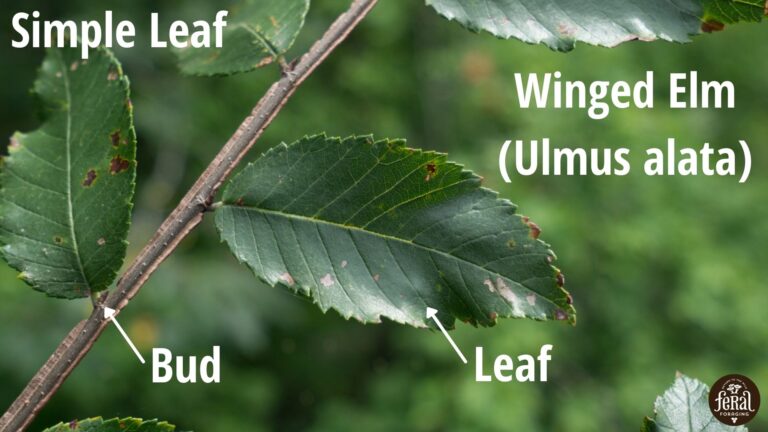
For flowers, we’d like to know:
- How many petals does the flower have (make sure it isn’t an Aster!)
- How many sepals does the flower have?
- Have many stamens does the flower have?
- How many pistil does the flower have?
If you aren’t sure what those things are, see this Wikipedia article!
Once you have done that for a plant you are comfortable, move on to a plant that you are less familiar with. If needed you can use a plant ID app to get a first guess, but repeat the process of going through all those details!
Every time you do this, it will become easier as you become more familiar with the underlying details that all plants have!
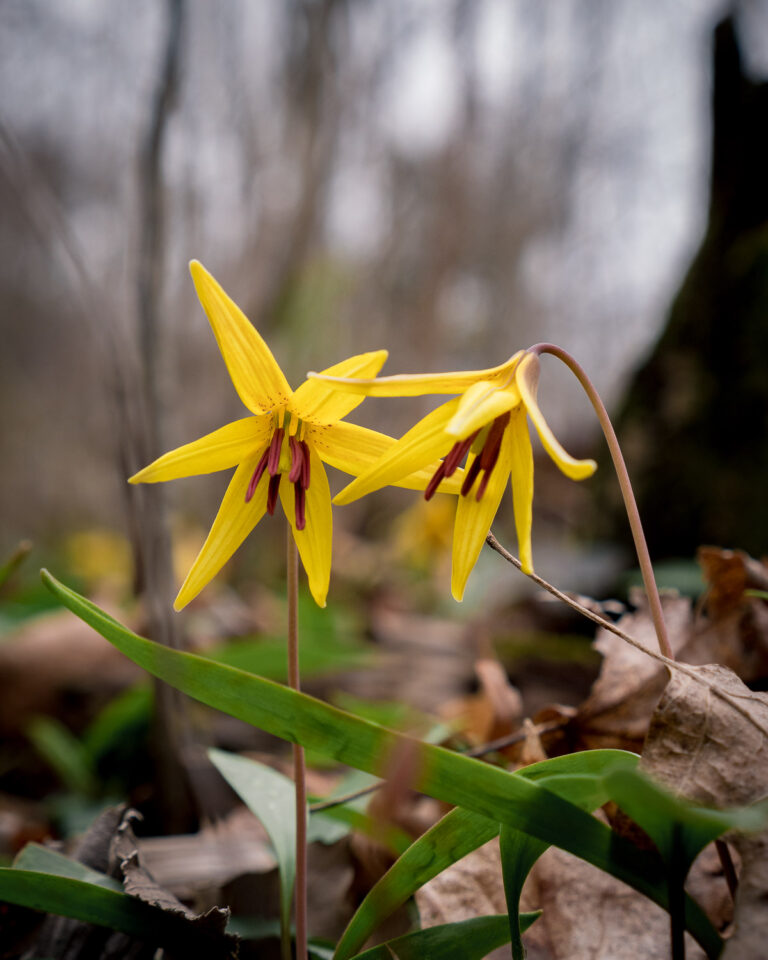
How to Learn Mushroom Identification for foraging
The process for learning mushroom identification for foraging is fairly similar to that of plant identification! Despite ingrained fear of mushrooms in many societies, we believe learning mushroom ID to be every safer than plant ID as few comparisons to the many plants that are dangerous to touch exist in the fungi kingdom!
The resources on mushroomexpert.com are fantastic for beginners learning how to identify fungi!
The broad steps are to determine what “major group” of fungi the specimen that you have found falls into, then find the key for that group and continue from there.
For gilled fungi, one of the more conspicuous groups, here are a few details to look for:
- The color of the spore print
- Does the mushroom have a center “stem” or not
- What was the mushroom growing on? (soil, wood, leaf litter, etc)
- Do the gills run down the stem or not
- Is the cap large or small (larger or smaller than an inch to start)
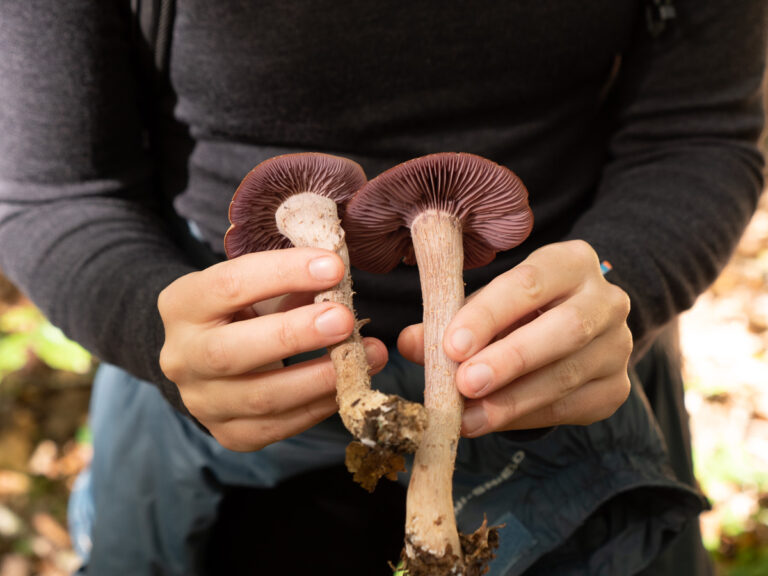
Where is Foraging Allowed?
Unfortunately, despite foraging being an incredibly sustainable activity that connects people with nature and inspires many to learn about and protect their local ecology, many public land entities have a blanket ban on foraging.
Others do not, but it can be difficult to navigate the labyrinth of rules and guidelines or even find them in the first place! We have compiled a set of different public land entities across North America and written a guide on how to find out what their rules are on foraging! Click here to read that in-depth article on our website!
Beyond the question of where can you forage, there is the question of where should you forage! I feel comfortable foraging in a wide array of landscapes, however there are two areas where I avoid foraging.
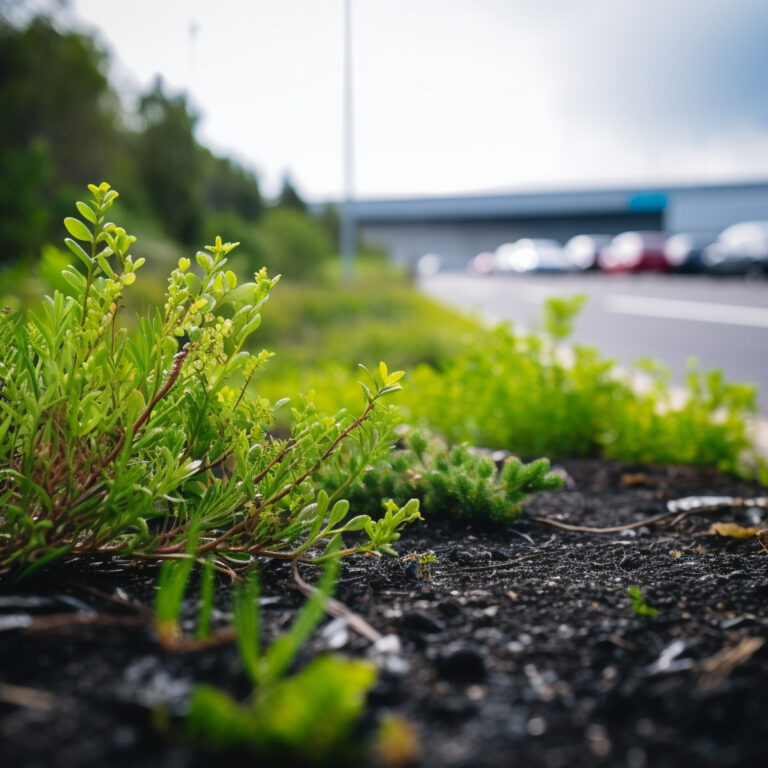
The first is highly trafficked roads. From exhaust fumes so run off from vehicle fluids, there are a lot of things I would rather not ingest! That being said, on less trafficked backroads, if there happened to be a large stand of wild fruit nearby, and I had permission from the land owner, you can bet I would be harvesting them. I just make sure to wash thoroughly become consuming! This is not a recommendation, just something that I personally feel safe doing.

The second area is locations close to agricultural activity. I think the fear of herbicides and pesticides is warranted and we should all be concerned about the increasing use of these chemicals in broader applications, especially public land management, but I think the fear can at times be over-exaggerated. For instance a large field that isn’t being used for agricultural activity won’t necessarily be sprayed as it may be more economical just to use mowing to control vegetation. The same rule applies to insecticides which are expensive to apply. If you are near agricultural activity, insecticides may be used to control pests that would go after an economic crop, but these would not be used were there not an incentive to do so.
The best thing you an do to determine the extent to which spraying may be a problem in your area is to contact your local city or municipalities office and ask.
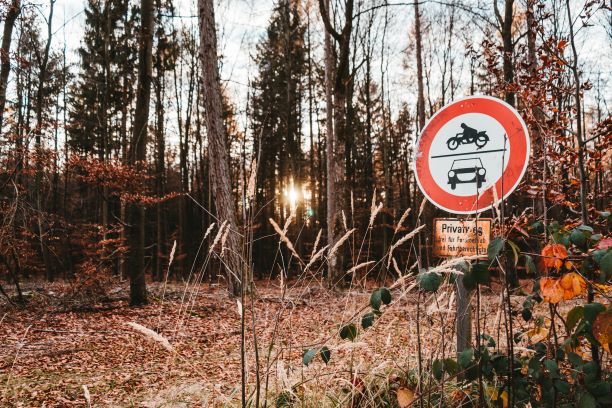
Last, I find that private land owners are often very receptive to people asking them for permission to forage something (within reason). Most people think that “wild gourmet mushroom” growing out of their tree is poisonous anyway and are more than happy to have you take it!
In many cases, land owners are gracious for me foraging on their land (with permission). For instance, one owner that I know is happy that I harvest their abundant wild persimmon fruit every year that would otherwise rot and attract hornets!
Be smart, and use proper judgement when determining where is safe to forage near you!
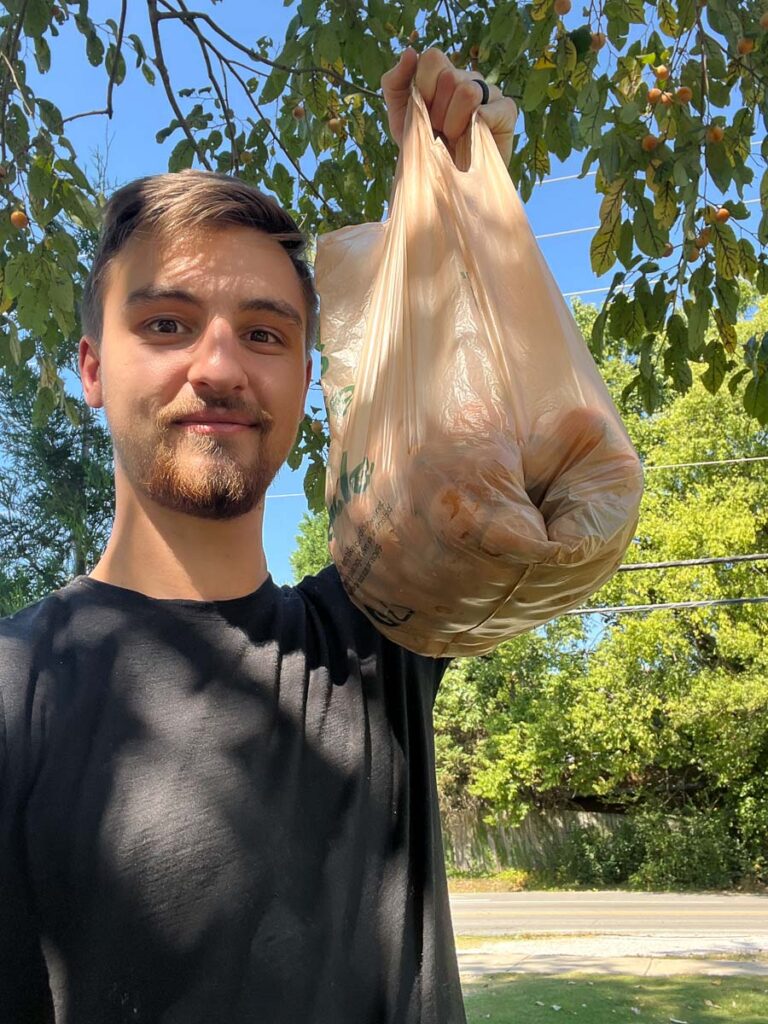
Is Foraging Ethical?
Foraging is, in my opinion, one of the most sustainable and beneficial activities to your local environment. There is a modern idea that humans can only do harm which is just not true.
Foragers are often some of the most involved with local ecological initiatives, they tend to and promote the growth and protection of native plant species, and care deeply about their environment.
Why? Simply because their relationship with the land through use has cultivated a deep respect and love for nature. This is inevitable. I have never met a veteran forager who does not embody this connection. That being said, there are a couple of ground rules that you should follow to ensure that the species you are foraging for are not negatively impacted and will be available for future generations to enjoy as well.
There is no single hard and fast rule for this. It’s not anything like a “take one of ten” or a percentage. If I found 10 ginseng, I still wouldn’t take one! Instead, each different species that you forager for has different population sensitivities and reproductive strategies and some are of greater concern than others. For instance, I would have no problem taking every wild lettuce (Lactuca serriola) plant from a small area. It would be difficult to do so because there are so many! Further, the plant is a weedy biennial and has no problem propagating on its own.
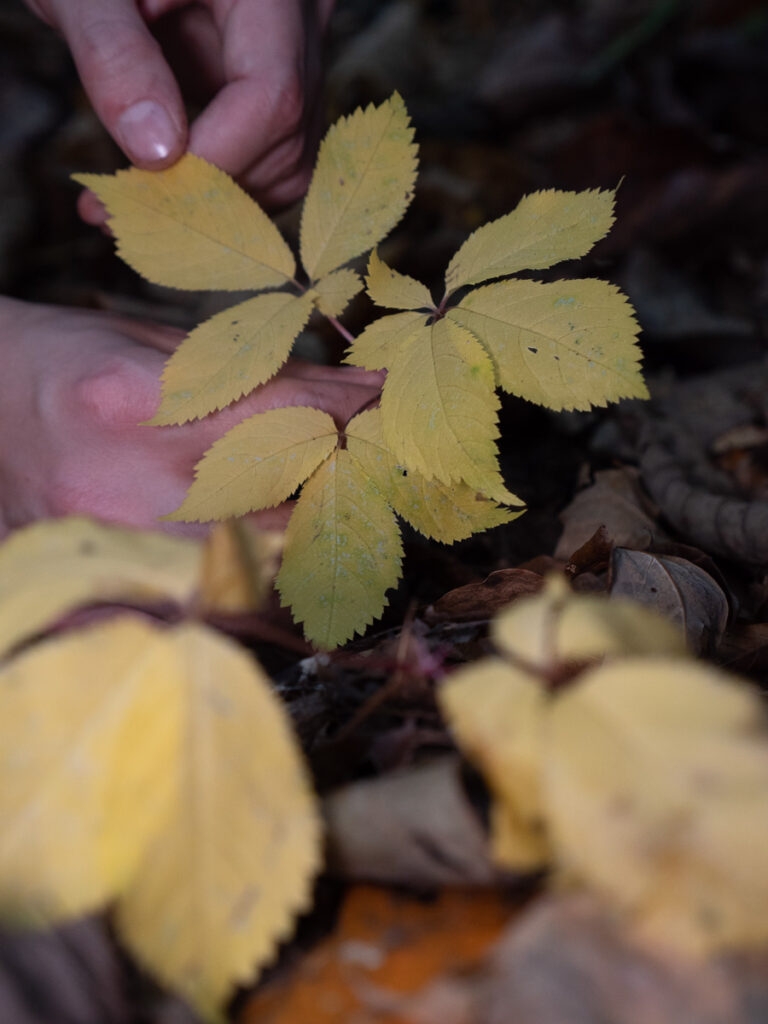
I think that the words of Sam Thayer in his book Incredible Wild Edibles best lay the foundation for what I call responsible foraging:
- Know what plants are protected in your area and leave them alone
- Harvest plants only where they are thriving
- Never take more than the remaining population can easily replace
- Collect in the way that is least harmful to the specimen and its environment
- Observe the area that you collect from to monitor changes and alter practices if necessary
Additionally, when foraging go out of your way to care for the land: pick up trash, remove invasive species, and more. Last, give thanks for your harvest.
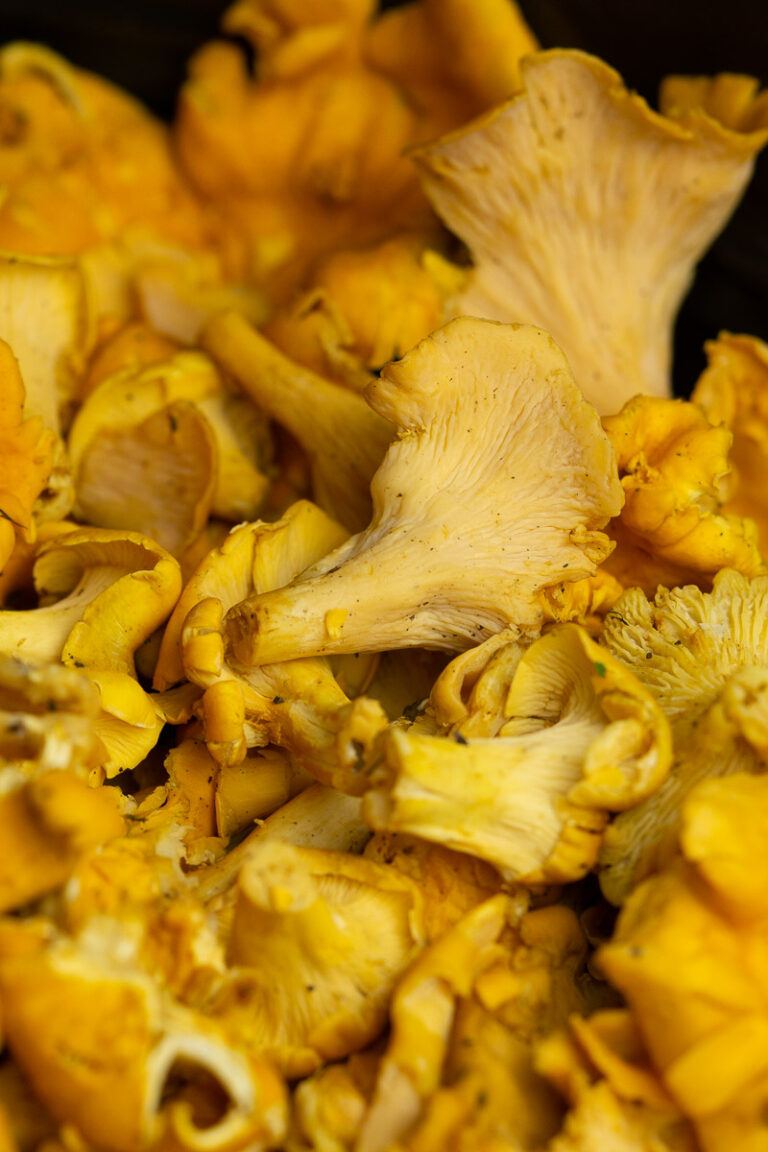
One final note that I will add about the ethics of foraging – I see a tremendous amount of “forage-shaming” online, statements that berate a forager as they share about their foraging journey and harvest. These people assume many things and make up fantasies that foragers are some of the most arrogant and destructive forces on the planet. Nothing could be further from the truth. Every calorie that a forager gathers from their local landscape is a calorie they do not need to purchase from the industrial agriculture complex which I can guarantee you is causing destruction of a scale that is utterly incomparable to the foragers. We are right to be angry about the loss of natural habitats, species, and biodiversity, but let’s not misdirect it at one of the most essential allies in our quest to restore natural habitats and land, the forager.
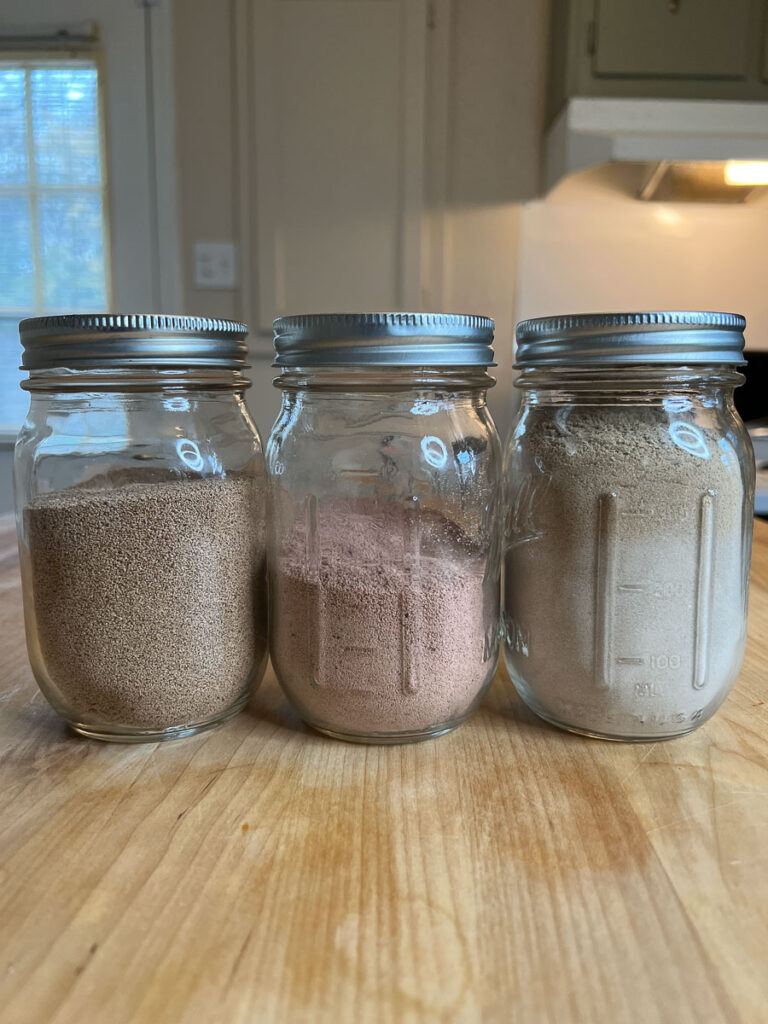
What Tools Are Recommended for Foraging?
There are a few tools beyond a standard backpack and water bottle that are especially helpful for foraging!
Hori-hori "shovel-knife"
I don’t think that I go anywhere without this! I use it as a typical knife, but also particularly for digging out roots and tubers like thistle, spring beauty, and more! Click here to see the one that I use!
Binoculars
Hunters know all about the utility of binoculars, but I find these especially helpful for foraging as well! From identifying trees at a distance to spotting wild mushrooms, there is no end to the use I get out of my binoculars. Click here to see the one that I use.
Rigid Basket
Shopping bags, backpacks, etc. are fine for gathering your wild finds, but nothing beats a basket with a non-collapsible structure. These types of collection baskets don’t crush soft wild species like gourmet wild mushrooms. I personally love my Adirondack pack basket that you can carry like a backpack from Slater Basketry.

What Books are Recommended for Foraging?
I have written about this in greater depth in my “Resources for Foraging Beginners” guide, but here are a few that I think are must haves.
Every book by Sam Thayer
Sam is, in my opinion, the most experienced forager in North America. Every one of his books is a wealth of knowledge that will save you hours and hours of research time. He not only lays out everything that you need to know for identification, but also a deep level of experience with harvesting, processing, and utilizing the wild species that he write about! Click here to see all of his books!
Field Guides
You don’t have to wait until you are an accomplished botanist or mycology to begin foraging. All you need to do is be 100% confident of the identity of what you are trying to forage.
If you are just starting out, I think the best way to learn is to pick 1-5 species in your area and try to learn everything you can about them and use them in every way possible.
Here are a few species that I think are very beginner friendly! Click here to see the wildflower field guide that I recommend for Eastern and Central North America.
What is the first step?
Dandelion
All parts of dandelion (Taraxacum officinale) are edible! The flowers and young greens an be eaten raw. The root can be dried and roasted. The greens can be used as tea. And much more!
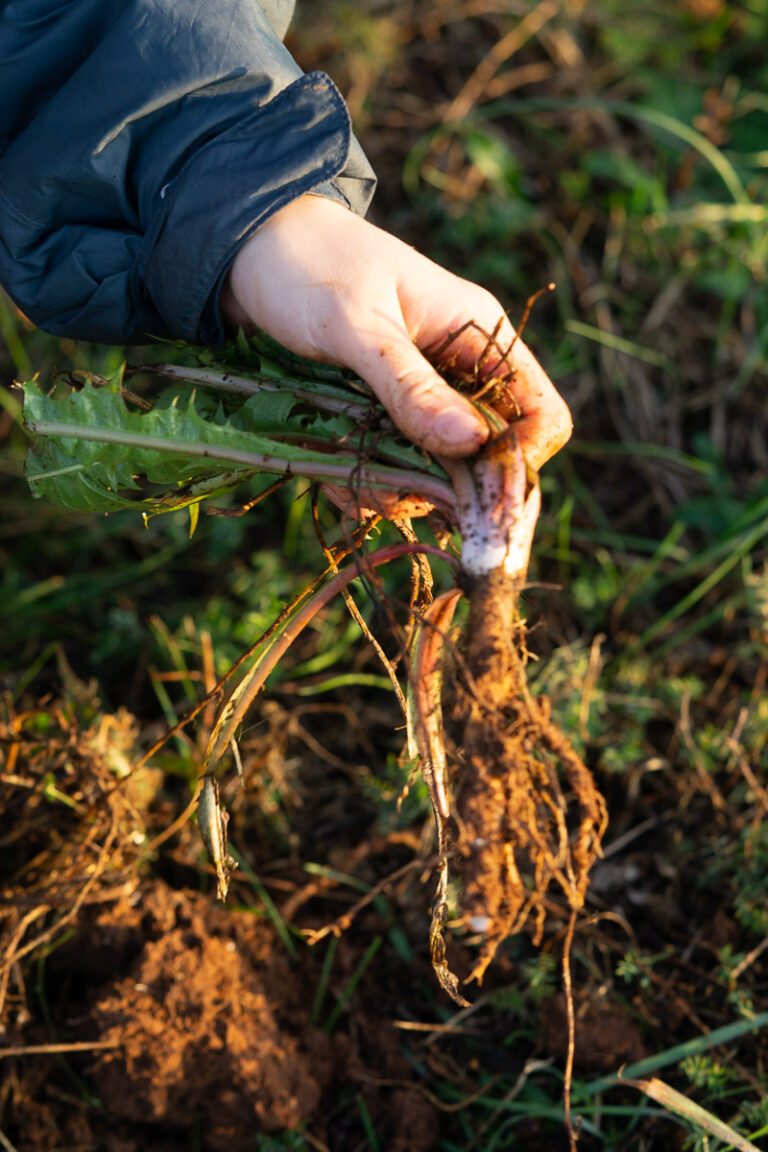
Lion’s Mane
Lion’s Mane (Hericeum erinaceous) is an incredibly distinguishable and relatively common wild gourmet mushroom! If you are interested in mushroom hunting, this is a good one to start with. Look for it in the Autumn when temperatures have dipped into the 50s at night! It likes to grow on dead or decaying Maples and Hackberries in my area!
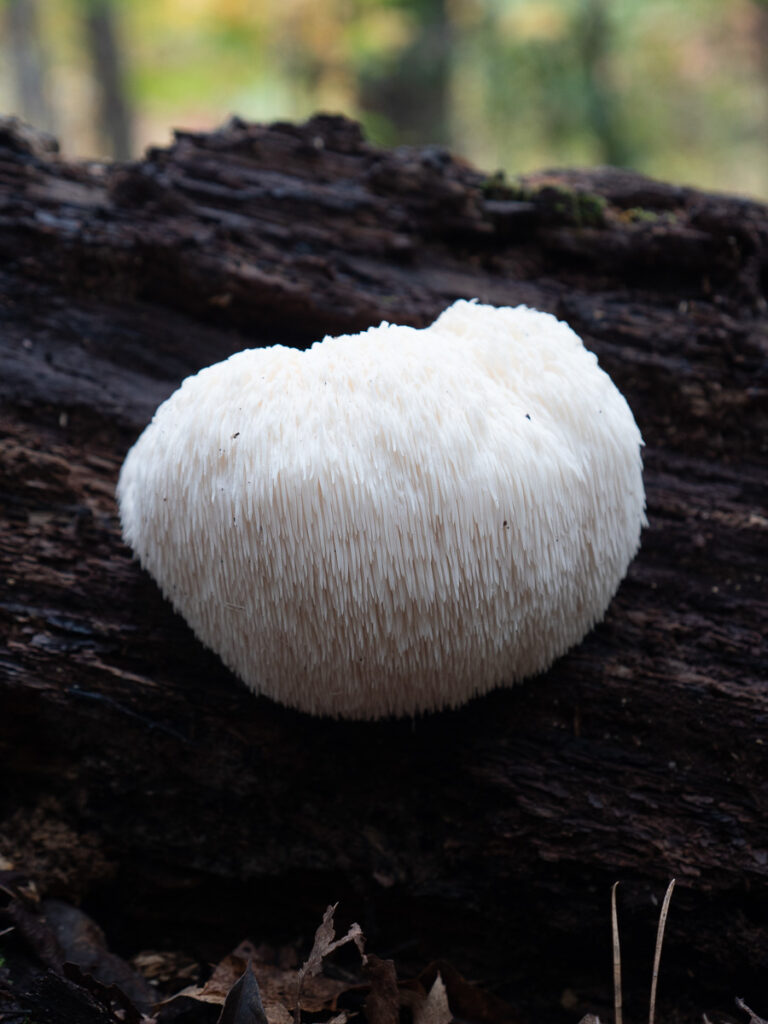
Bramble berries
Blackberries, raspberries, cloudberries, dewberries, and more! These are all fruits that are collectively referred to as “bramble” berries. Botanically the berry we see as a single item is really an “aggregate fruit”. The term bramble comes from the fact that these plants mostly in the Rubus genus contain thorns in the wild.
These fruits are relatively easy to identify down to the Rubus genus and I don’t know of any that are not edible. They also grow all over the world in the wild. Great for beginners!
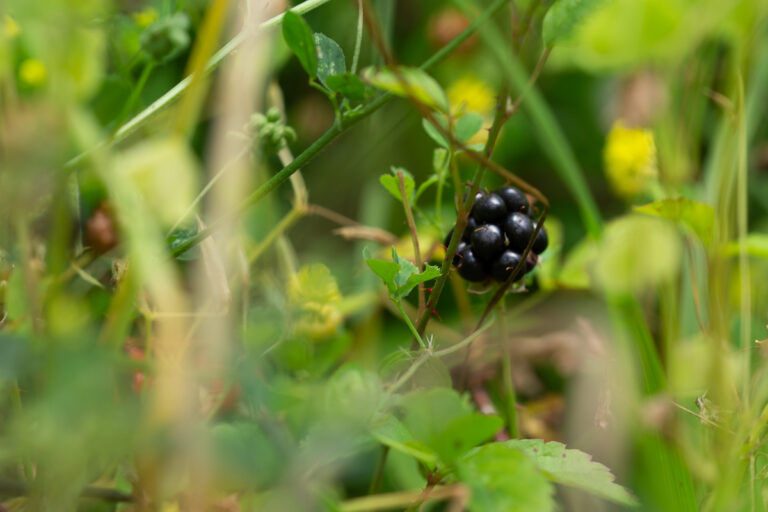
Persimmon
Persimmons (Diospyros virginiana) are one of the most abundant wild fruit in Eastern North America. When they have fallen to the ground and are soft they are perfect for eating. You don’t need to process them to enjoy them, but I’ll take large harvests and use a tomato pulper to sift out the seeds. They basically turn themselves into jam, can be used in wine and mead, and baking!
You don’t have to wait for a frost either! That is a myth. Soft and fallen to the ground is all that you need.
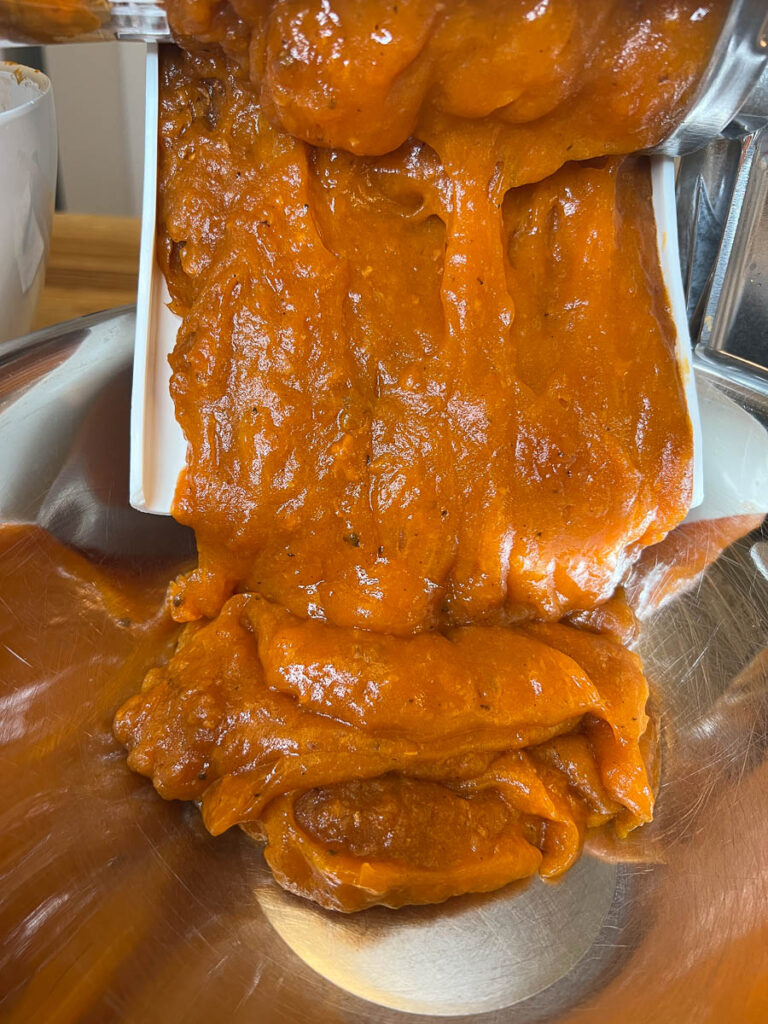
Where to go from here?
Great! You’ve learned how to take your first step with foraging. As you continue along this incredible and rewarding journey, it is certainly helpful to do so along like-minded and knowledgeable friends!
I’d love to invite you to our foraging Discord community where we share information about how to identify, harvest, and use wild species!
It’s a great place to post photos of specimens you’d like help identifying as well as to ask questions about new concepts that you are learning! I hope to see you there. (See the button below to join or click here!)
Last, we post a lot of videos online to teach you about foraging the wild plants and mushrooms around you. This is a good place to learn from!
Be Feral, and Keep Foraging.
